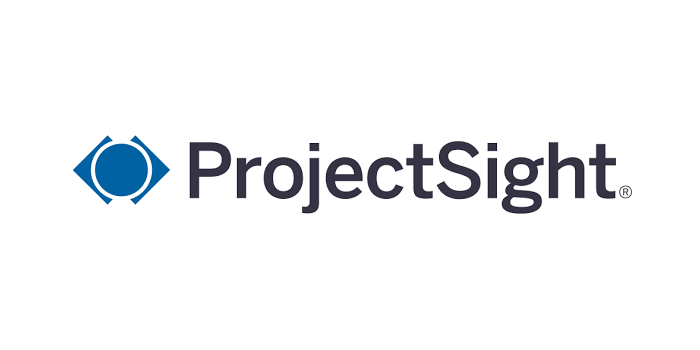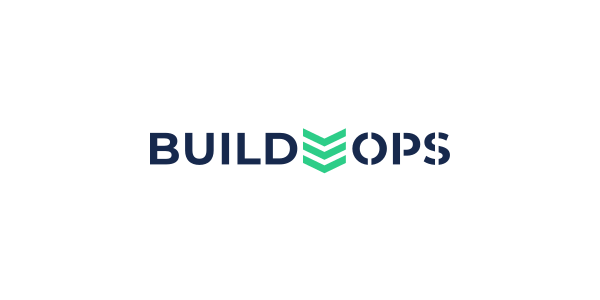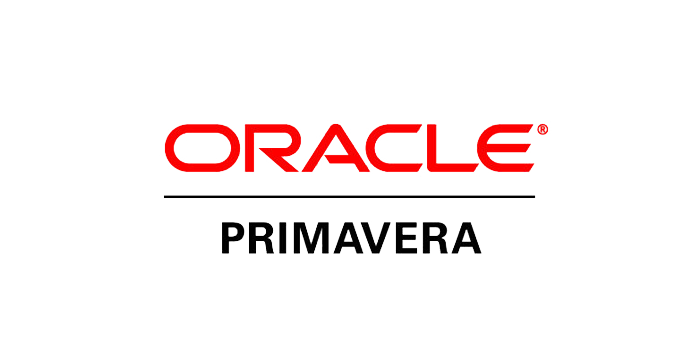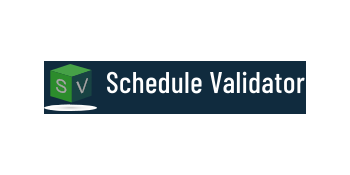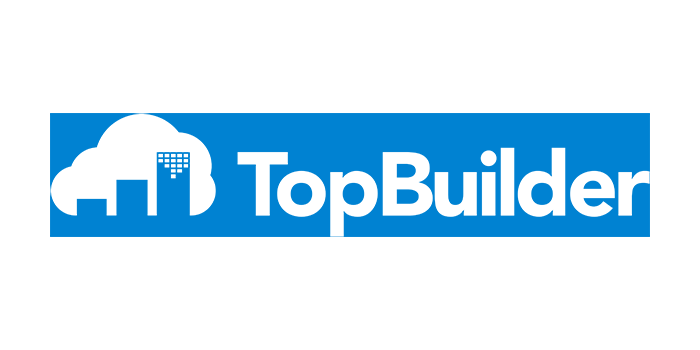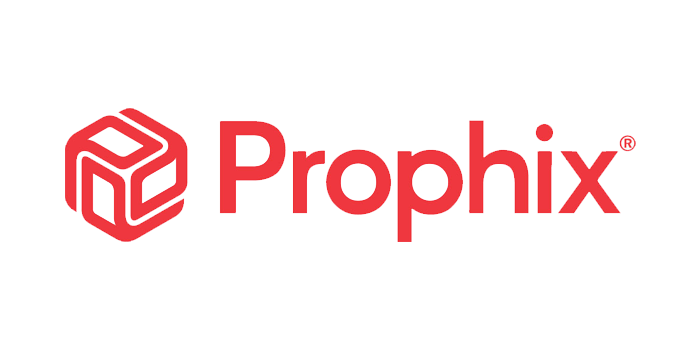
Original article on constructionexec.com
The construction industry is becoming increasingly technological. Think of the evolution from drafting tables to CAD and Revit software, or the introduction of cloud computing, 3D printing, drones, wearable technology and more. Construction industry leaders are looking to decrease costs and improve productivity with digital tools.
Digital transformation in construction goes far beyond augmenting specific functions with software or robots. Embracing digital tools results in a fundamental shift in how businesses operate and help them stay competitive in an increasingly digital work landscape. Time is money on the jobsite, and as the construction industry continues to grapple with labor shortages, supply chain roadblocks, heightened inflation and a likely recession, leveraging technology to drive efficiencies and streamline controllable expenses is more important now than ever.
Despite the clear benefits, there are still challenges when it comes to adopting digital transformation in the construction sector. Many decision makers and employees are still apprehensive about shiny new digital tools. The key in driving increased adoption will be in examining these challenges and choosing the right tools with long-term value that outweighs the immediate investment of time and training.
KEY CHALLENGES
There are several reasons a construction leader might be hesitant to introduce digital transformation into their organization. Training and onboarding, for example, is often seen as a significant challenge. It takes time and effort to get employees up to speed with new digital tools, time spent training will likely result in an initial reduction in productivity or profitability. This perceived loss can be worrisome to construction decision makers.
A second challenge comes with breaking traditional workflows and changing attitudes. If a contractor has been using the same wrench for his entire career and someone comes along offering a different, newer wrench, that contractor is probably going to be wary about deviating from what has always worked in the past, regardless of if the new wrench is better. It can be difficult to pitch a new tool that will break employees’ normal workflow, and most digital tools need to see widespread or complete adoption before they can deliver on their full value. What organizations hope to gain in efficiency they might lose at first as people overcome that resistance to change and training gap.
To combat these challenges, construction organizations need a clear plan of how new digital tools will meet the needs of both the business and the employees using them. The value proposition needs to be clear, and the technology should have a user-friendly interface to streamline training as much as possible. Once these challenges have been addressed, the below benefits and opportunities of digital tools can be realized.
COMBATTING EFFICIENCY CHALLENGES
Construction is a collaborative industry with multiple stakeholders, and digital tools can help streamline collaboration. This is important to stay competitive; a McKinsey report found that customers demand for simplified and digital interactions with construction professionals was a key change in today’s market characteristics.
There are countless ways digitization can help here, but let’s use digital codes and standards as an example. Digitizing codes and standards helps contractors coordinate with one another more efficiently and accurately. Building designs may look perfect on paper, but as multiple trades come onto the site to install equipment, piping, wiring, etc., slight modifications can have a ripple effect on other trades. For example, a fire protection contractor might enter a building to find that the electrician already hung the lights, and now the sprinkler head will be too close to the light fixture to be compliant.
In these instances when the as-built condition is different than the planned condition, contractors can easily pull up sections of code on any device to review in-person or send via email. From there, they can confirm they’re looking at the same section of code and determine a plan to ensure safety and compliance in the building. This same coordination can also take place with AHJs during inspections or any time multiple parties need to sit down and flesh out their respective interpretations of specific codes and standards. Digitizing this process helps reduce miscommunication and resolve disagreements faster which can lead to the quicker completion of projects while ensuring all building and life safety aspects are accurate and compliant.
TACKLING THE TRAINING GAP
When initially introducing digital tools, onboarding can be a challenge. However, digital tools can provide massive value in training and upskilling construction employees in the long run. This is especially important given the aging construction workforce. More than one in five construction workers is over the age of 55, and the average retirement age in the industry is 61.
With mass retirement on the horizon, it will be critical to document and pass down the knowledge of industry veterans, especially given the fact that 40% of construction workforce growth over the past decade is comprised of low-skilled construction workers. Without technology, rookies might gather tidbits of wisdom from veterans through in-person interactions, or company training sessions. With digital tools, however, seasoned employees can easily create a sharable knowledge base to share industry expertise onto new employees. Creating a future-proofed digital repository ensures that expertise doesn’t disappear from the organization when its employees do.
In addition to sharing institutional knowledge, technology has also made great strides in offering interactive, accessible online training for employees seeking to advance their careers. When learning about codes and standards today, trainees can leverage videos, interactive modules, industry-specific content, situational content and more anywhere at any time. This can make training more engaging. Plus, off-the-page learning is great for younger, more tech-savvy generations.
THE BOTTOM LINE
Digital transformation is not without its challenges, but when integrated into the organization, digital tools can provide great long-term value in terms of efficiency, accuracy, retention of knowledge and training. The key is finding the right tools that are worth those possible initial setbacks. To drive widespread adoption, construction decision makers will need to ensure new digital tools are easy to use and have a clear value proposition for both the business and the employees using them each day.


